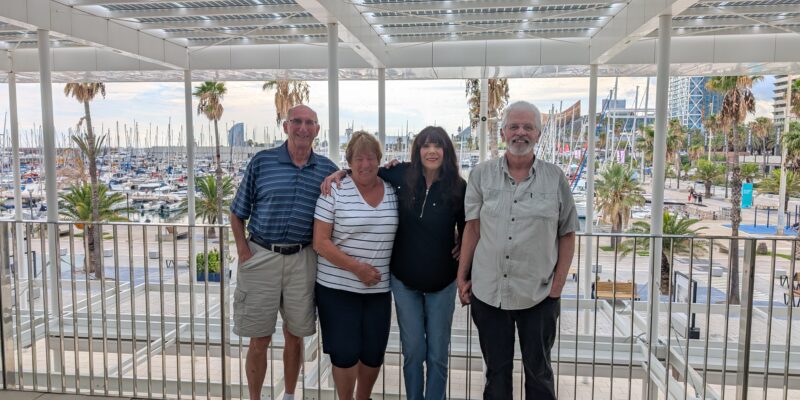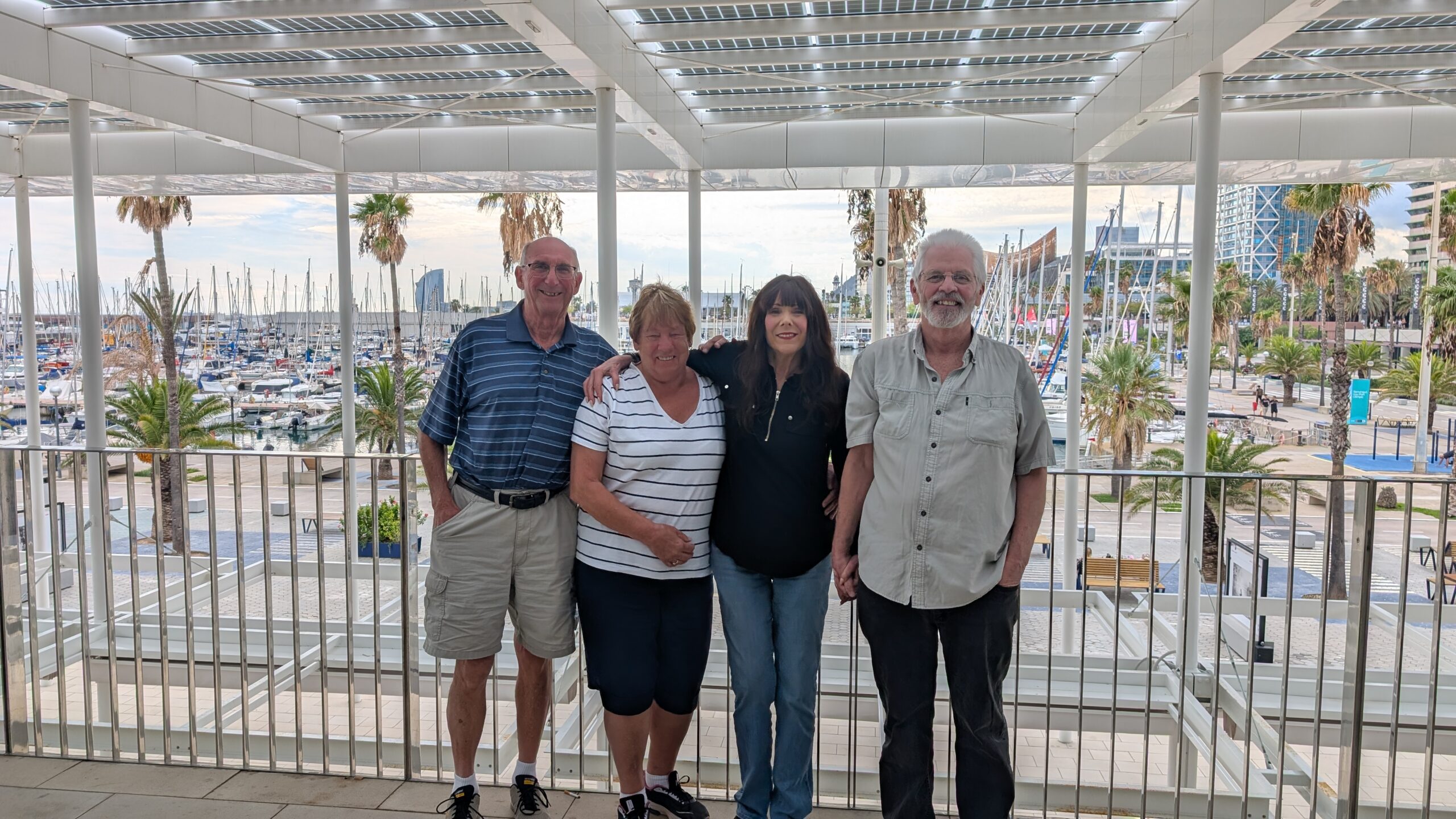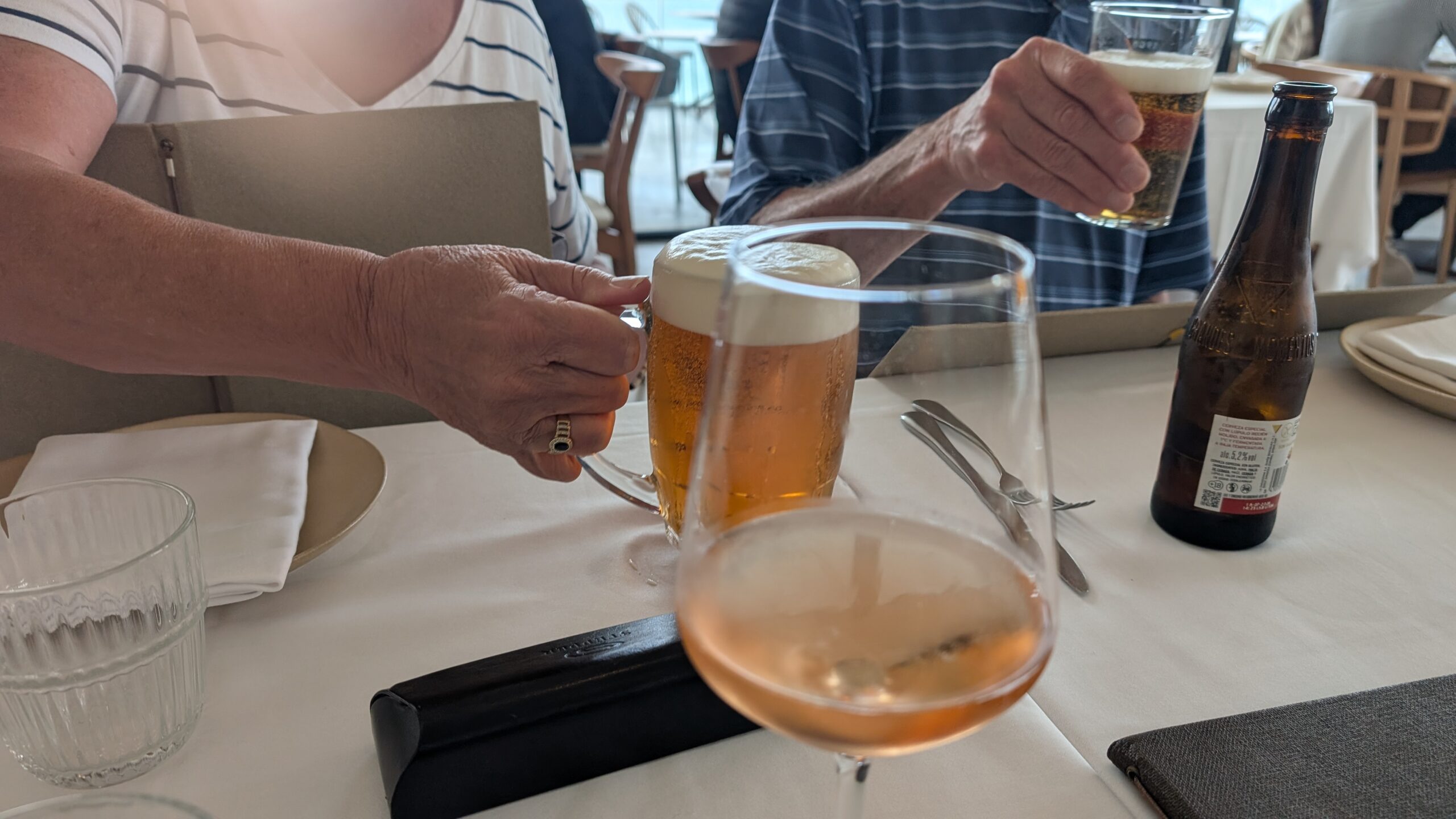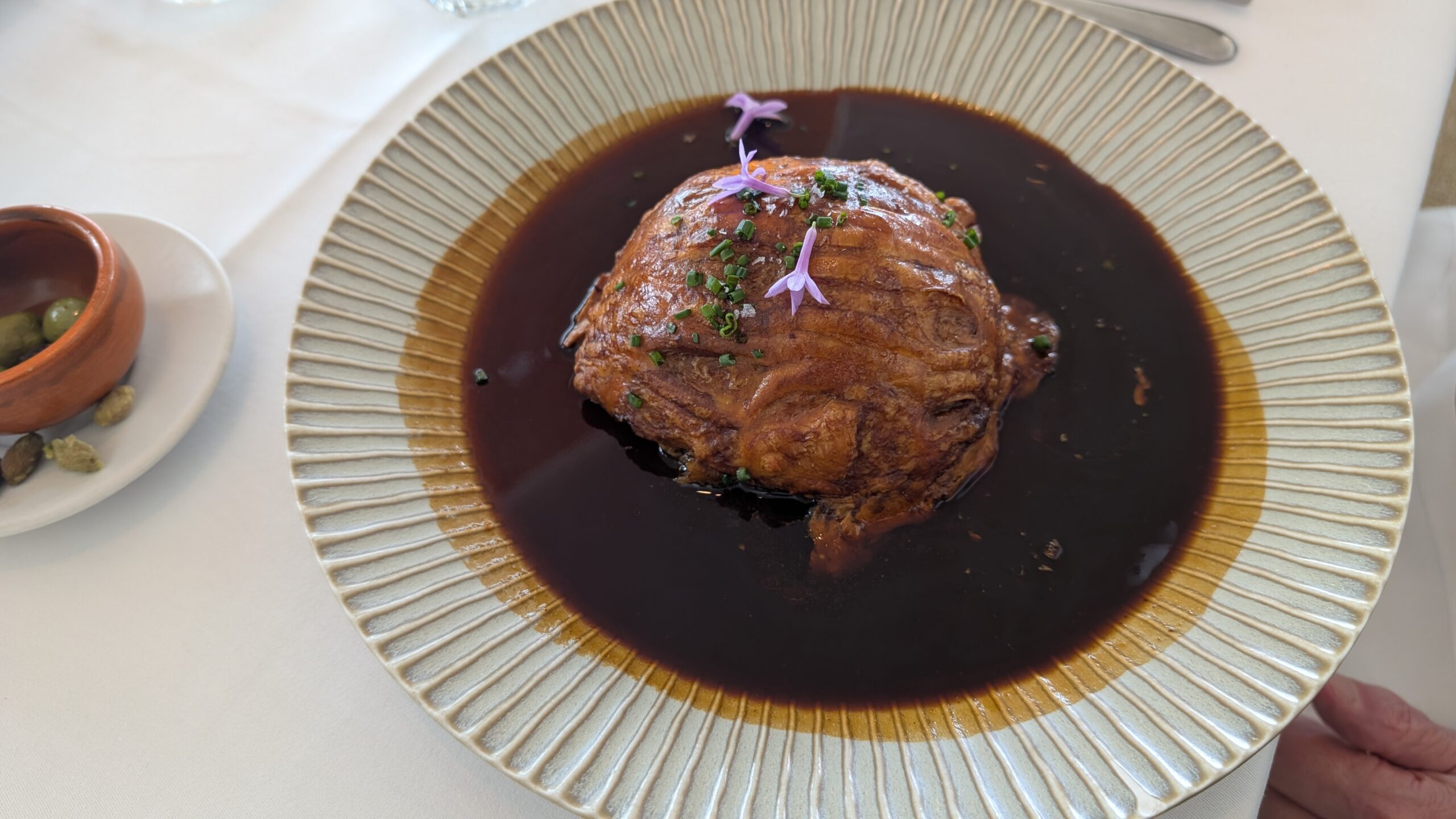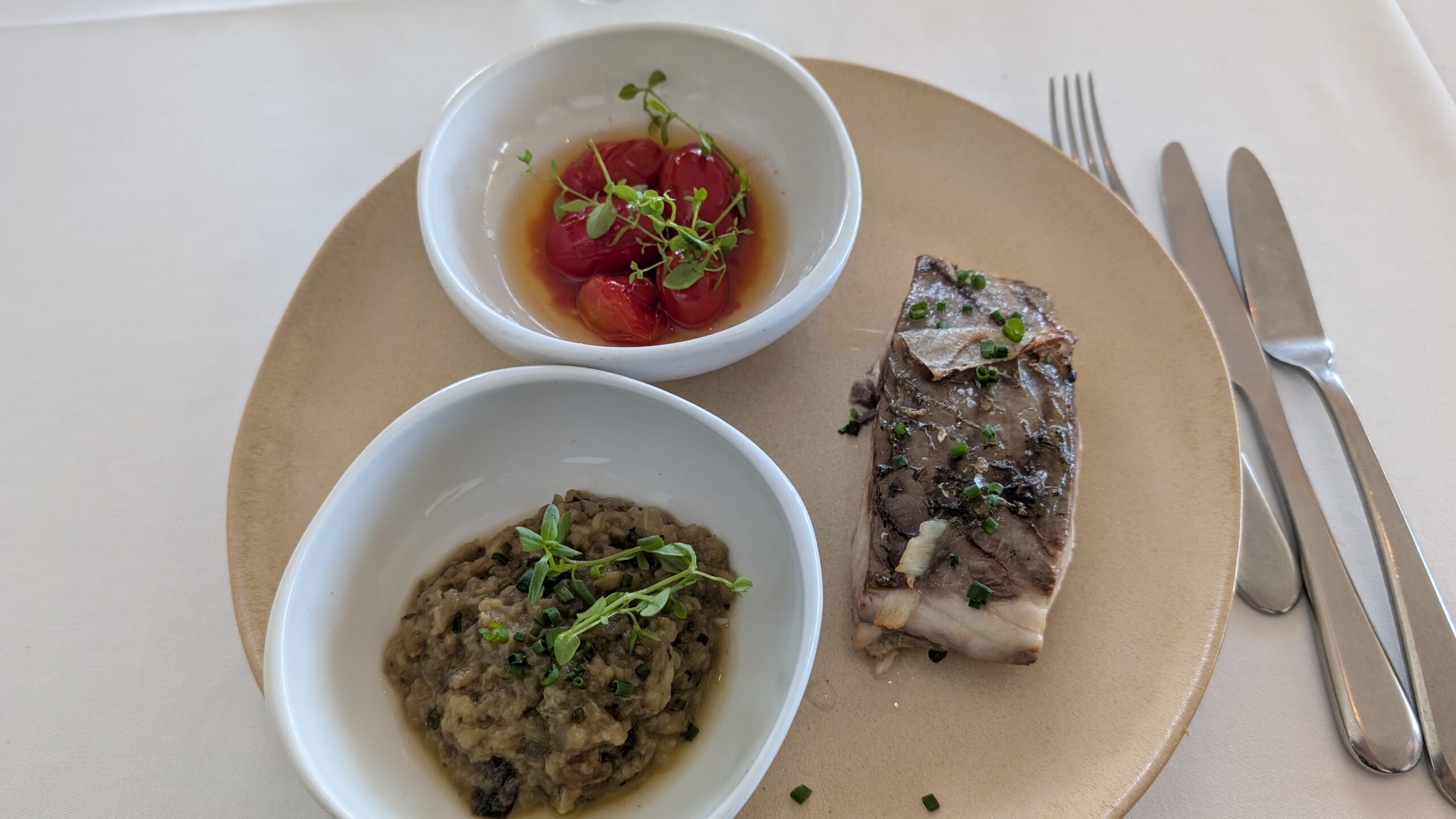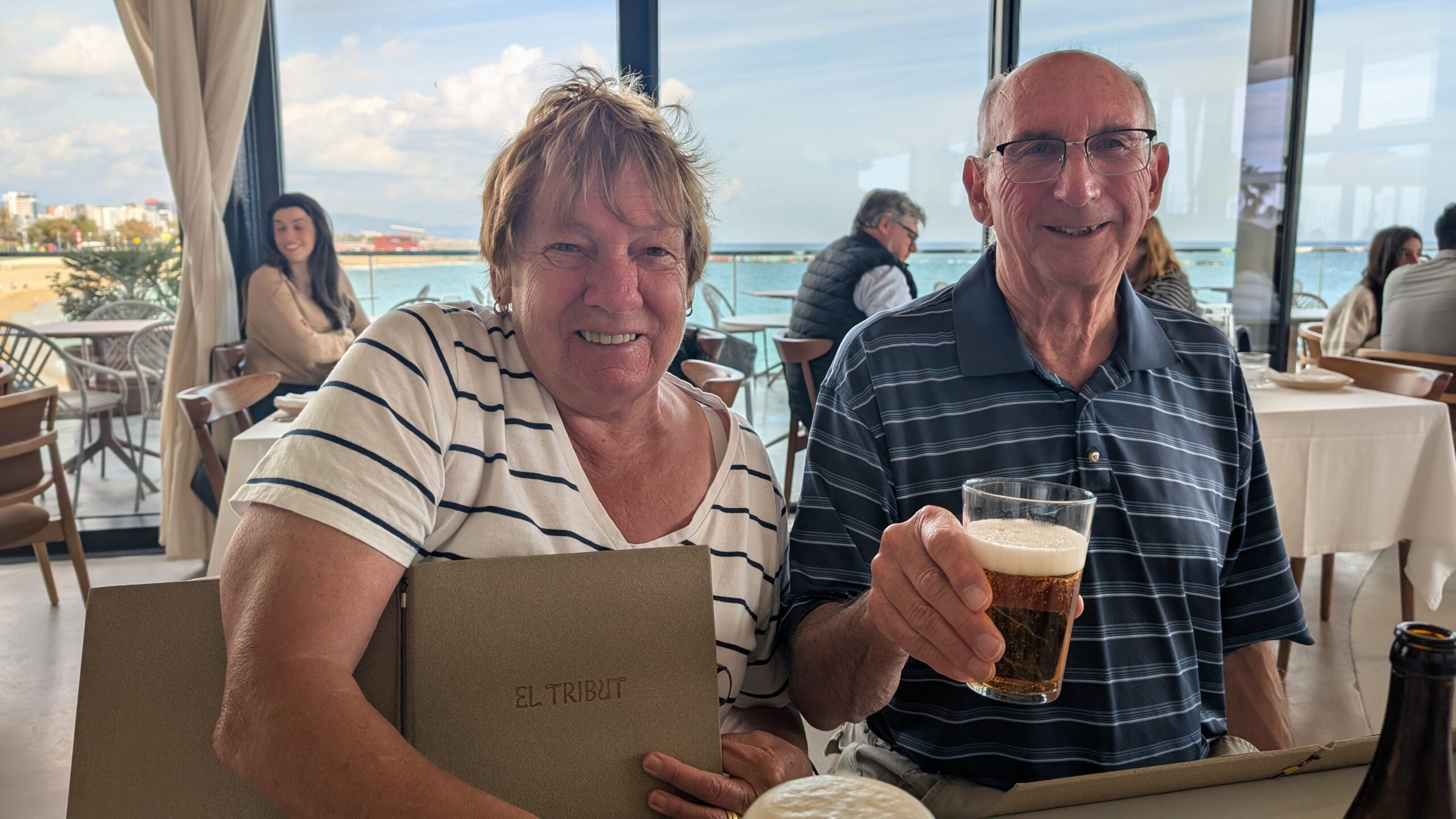
Tom looked up some facts about today’s 47-night cruise(s) that surprised us.
-
10 Countries
-
4 Continents,
-
4 Hemispheres,
-
Cross the Equator 3 times
Wow! We certainly are looking forward to this adventure and will share details with you as we sail on this fun journey.
We’ve taken every possible precaution to avoid getting sick, including taking immune-supporting supplements, taking cold showers, eating healthy food, getting good sleep, and exercising (which I’ve done daily). Tom did the three flights of stairs many times, collecting packages from Amazon, groceries, and Uber Eats.
We’ve both been doing intermittent fasting and have each lost over 16 pounds (7.3 kg) in 6 weeks, averaging 2.63 pounds (1.2 kg) per week. Tom is as light as he’s been since we left the US in 2012, but I still have 11 more pounds (5 kg) to reach my usual weight. I’d gained over 25 pounds from the previous heart medications I had to take for a year.
It will be a challenge to keep losing weight on the cruise, but I will try. It will be too hard to continue intermittent fasting, but since we don’t eat lunch, I’ll be careful with portion control and food choices during breakfast and dinner. Since we didn’t drink any alcohol, except for last Monday when we went to lunch with Linda and Ken, it was easier to lose.
On the ship, as Diamond Plus members, we’re each allowed five complimentary drinks each day. I will only have two glasses of wine each day, so we’ll see how it goes. Hopefully, all the walking we’ll do on the ship and out on tours will offset some of the extra calories we consume from the alcohol.
We are fully packed and ready to go. Soon, Carlos will arrive to help Tom get the bags downstairs. We arranged a larger taxi to take us to the cruise terminal. We have an assigned arrival time of 11:30 am to 12:30 pm. We won’t have any trouble making that time.
We signed up for internet so we each have our own connection on the ship and will still be able to communicate with family using WhatsApp and Facebook Messenger.
We’ll be back tomorrow, but it may be later than usual since we’ll be having breakfast and unpacking in the morning.
Be well.
Photo from ten years ago today, October 27, 2015:


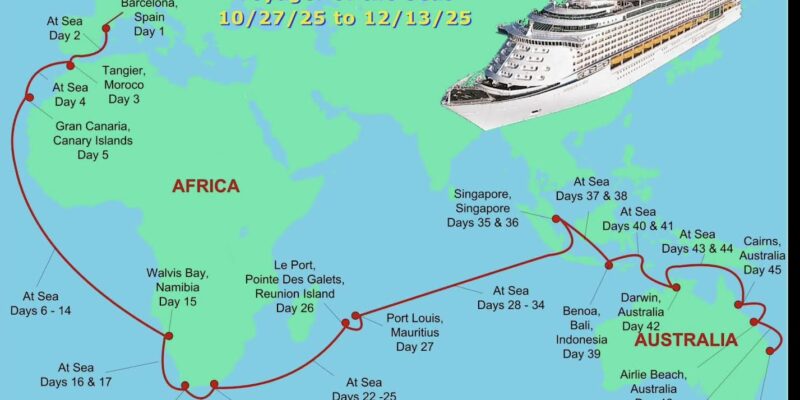
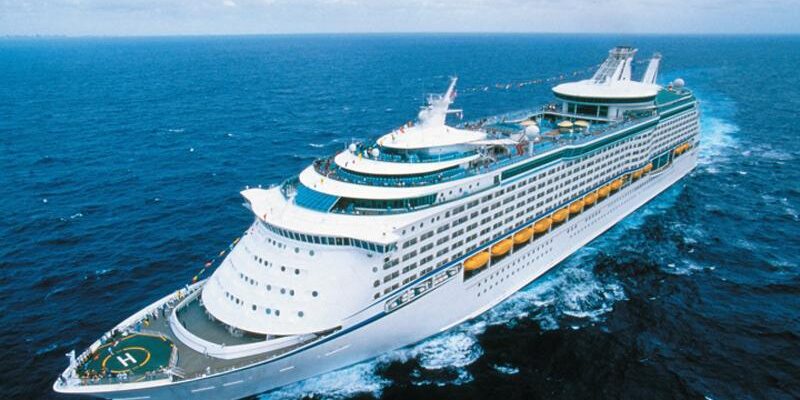
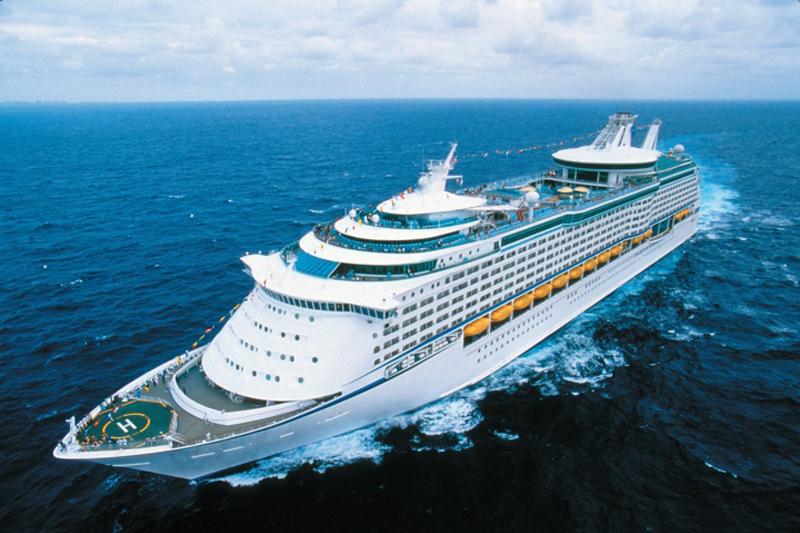





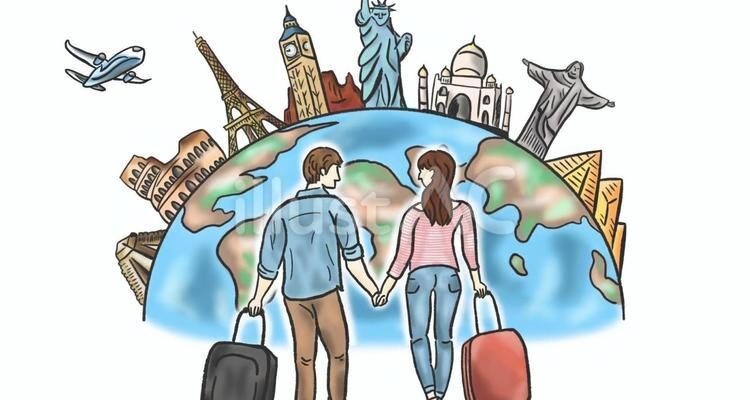
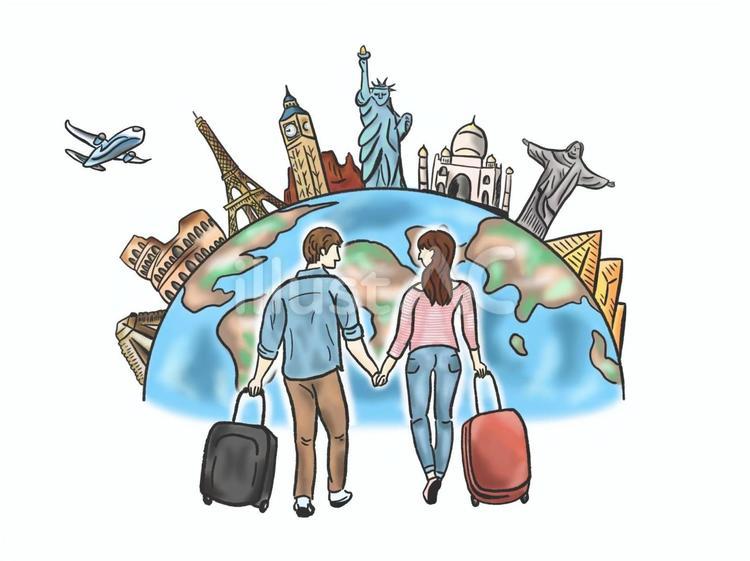 We thought it would be fun to share some key statistics (as of 2023-25) about U.S. citizens living a full-time travel / location-independent (“nomad”) lifestyle, that is, working while moving around the world without a permanent home base. These figures may help frame the broader picture for people like us who are making the world our home.
We thought it would be fun to share some key statistics (as of 2023-25) about U.S. citizens living a full-time travel / location-independent (“nomad”) lifestyle, that is, working while moving around the world without a permanent home base. These figures may help frame the broader picture for people like us who are making the world our home.


